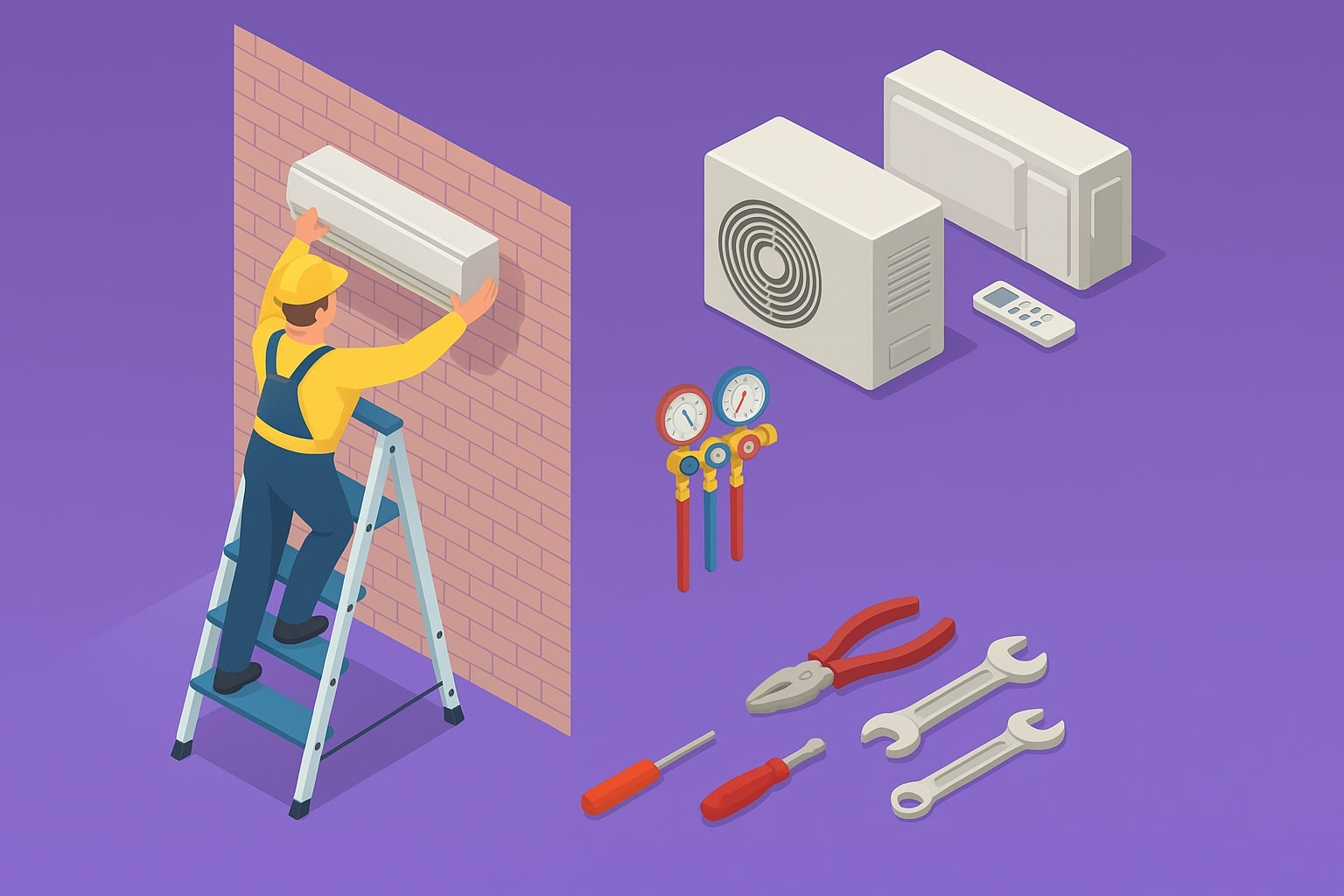
How to Value a Heating and Air Conditioning Business + 15 Factors to Increase Value
Whether you're ready to sell your HVAC business or just assessing its worth, we break down valuation methods and key factors that can increase its value.
Congress did the smart thing in December and not only renewed, but made permanent the Small Business Administration’s (SBA) CDC/504 program, which provides financing for significant fixed assets such as equipment or real estate.
The program previously was a temporary measure that was part of the Small Business Jobs Act of 2010.
That renewal made available to small businesses up to $7.5 billion in loans as of late June.
So, why is the CDC/504 program such a boon for small business?
Examples of what the proceeds can be used for include buying land (which includes existing buildings); paying for improvements, such as landscaping and grading; renovating or expanding existing facilities or constructing entirely new facilities; and buying long-term equipment and machinery.
However, the CDC/504 loans can’t serve as working capital, be used to consolidate debt, or be used for investing or speculating in rental real estate.
Perhaps most importantly, as is common with all SBA programs, the interest rates on the loans are well below what a commercial bank offers. The current rate is fixed for 20 years at roughly 4.4 percent. That should sound pretty good to you.
Not only is that rate lower, but the term is probably much longer than a regular lender will offer.
In addition, down payments tend to be manageable — about half of what a bank will demand.
Changes in the law also now allow for refinancings (more on that later), which is a sure way to save money, particularly for a company in good fiscal shape.
The cumulative effective of all that is beneficial to the business by ultimately saving money. That extra money can be used in a variety of ways to grow overall wealth, such as adding employees, installing a new product line or service, or increasing promotional efforts.
Loan maximums are $5 million, although in some cases manufacturers may receive another $500,000.
Do note that a CDC/504 loan has an unusual structure.
The borrowing entity pays for 10 percent of the project, with 40 percent provided by a Certified Development Company; those are SBA-certified nonprofits that support and promote economic growth in their local area. About 270 Certified Development Companies can be found across the nation.
Finally, a conventional lender takes the remaining 50 percent and assumes the first lien position. The amortization period for that portion of the loan is at least 10 years and could be as much as 20 or even 25 years. The interest rate is set by the lender.
Don’t worry about the lender being in first lien position because the loan is backed by real estate or other tangible assets. The relatively low risk levels keeps rates favorable.
For a business to be eligible, it must operate as a for-profit, average net income less than $5 million after taxes for the prior two years, and have a tangible net worth of less than $15 million. In addition, a borrower’s credit score should be above 650.
Prior program users will notice a few changes in the program.
A pure debt financial deal can have a 90 percent loan-to-value (LTV) ratio, which is the same as before. Yet if part of the loan is taken out in cash, the maximum LTV is 75 percent.
In addition, lenders have restrictions in terms of how much they can lend – refinancings are limited to 50 percent of the regular CDC/504 loans from a year ago.
And a no-subsidy rule was imposed, with refinancing only available in years when the regular program breaks even without tax dollars.
Still, these are minor quibbles and most apply to refinancing, leaving the meat of the program a valuable way for businesses to meet their lending needs.
